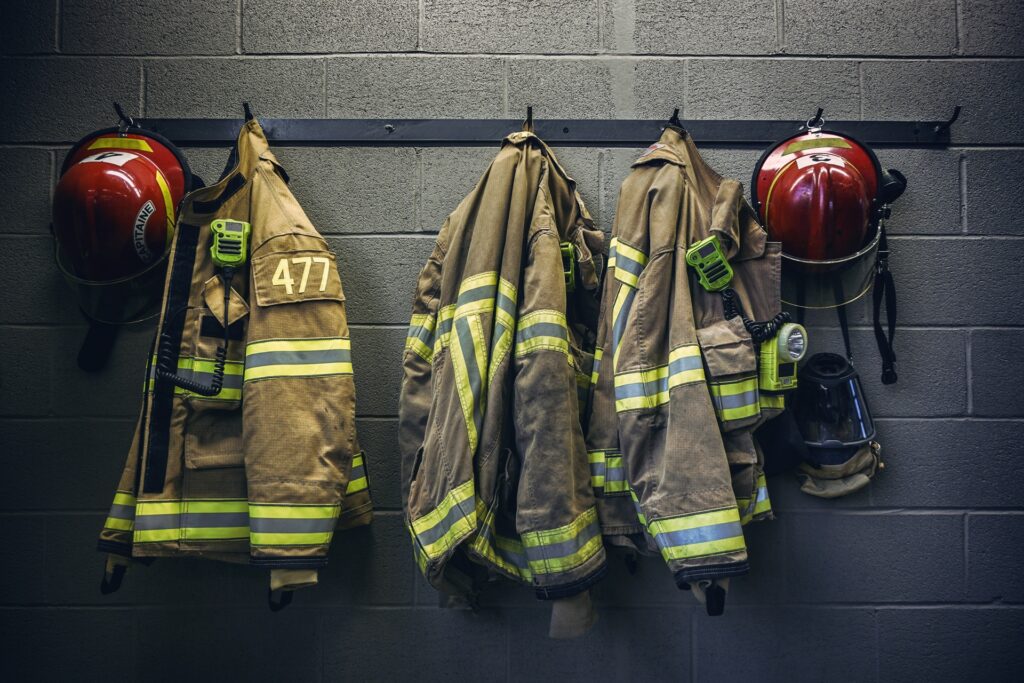Title VII of the Civil Rights Act of 1964 prohibits employment discrimination based on a protected classification. It also prohibits discrimination which occurs as a result of a facially neutral policy or practice that has a disproportionate adverse effect on the members of a protected class. Physical abilities testing for job applicants has been a common source of Title VII litigation under this “disparate impact” theory. A recent Seventh Circuit decision emphasizes the importance of ensuring that abilities testing truly measures the applicant’s ability to perform the job in question.
Litigation over physical abilities testing is nothing new. In 2021 the Pennsylvania State Police (“PSP”) settled a $2.2 million dollar lawsuit with the Department of Justice (“DOJ”) arising from a claim that its physical agilities test for entry-level police officers violated Title VII. The DOJ had claimed in that litigation that the entry-level physical fitness test had a disproportionate adverse impact on female applicants and that there existed alternative tests which would have reduced or eliminated that impact while still serving the PSP’s legitimate business interests.
A recent Seventh Circuit decision, Erdman v. City of Madison, revisits physical fitness standards with firefighters. There, a female applicant for a position in the City of Madison fire department challenged the City’s firefighter physical ability test as unlawfully discriminatory. Passage required an applicant to score a minimum passing score on each of seven (7) events and a higher “cut score” on at least five (5) of the seven (7). The plaintiff had been a decorated firefighter in another jurisdiction but was screened out of Madison’s hiring process after failing to achieve the minimum passing score on the final ability test—the pike pole test, which required an applicant to use a hooked pole to simulate a search for concealed flames in a ceiling and to remove ceiling materials. The plaintiff claimed that not only was the test discriminatory, but that there existed a different physical abilities test with less disparate impact on female applicants which would still have served the City’s needs—the “IAFF Test” —which had been widely adopted in other municipal fire departments.
While the Seventh Circuit agreed that the test used by the City of Madison (considered in its entirety) had a disparate impact on female applicants, the plaintiff’s claim ultimately failed because the Court disagreed that the IAFF Test—despite its adoption elsewhere—would still serve the City of Madison’s legitimate business needs. While all parties acknowledged the statistics showing that the IAFF Test had a lesser disparate impact on female applicants, the City argued that the IAFF test was not “locally valid” for the City of Madison Fire Department.
Relying on Supreme Court precedent and EEOC regulatory guidance on “alternative selection procedures,” the Court noted that an alternative test serves an employer’s legitimate needs if it was “substantially equally valid,” in that it would “also serve the employer’s legitimate interest in efficient and trustworthy workmanship” and would lead to a workforce “substantially equally qualified.” The Court noted that factors such as the cost or other burdens imposed by the alternative test are also relevant considerations.
The Court found that the plaintiff had failed to provide any affirmative evidence that a candidate passing the IAFF Test with the lowest possible score would be “roughly as qualified” as those passing with the lowest possible score on the City’s test. Meanwhile, the City offered evidence demonstrating that two (2) disputed components of the test—the ladder carry and pike pole—accurately reflected the working conditions of the City, including the equipment available to City-employed firefighters, and best served firefighter safety. The City also established that its test was more successful at screening out applicants who would be unable to meet the physical demands of the job, as evidenced by the fact that few people “washed out” due to physical ability while the City maintained a higher-than-average proportion of female firefighters. While the Court noted that it was “not as confident” as the district court that these facts proved that success of the City’s test as a predictor of positive outcomes for women, it found that the conclusion was a permissible inference from the record.
Takeaways:
• Employers should continue to be vigilant that their hiring practices—especially in the context of physical agility tests considering litigation activity in recent years—are justifiable based on the demands of the position in question.
• Employers should monitor their testing standards, including by statistical review, and where a disparate impact on members of a protected classification is identified, review the cause for the impact to determine whether the screening process remains job-related and consistent with business necessity.
• Proving job-relatedness and business necessity will require an employer to validate the test in accordance with EEOC guidelines.
• Where alternatives to the practice exist, employers should evaluate whether the alternative would still serve their legitimate business interests, and must be prepared to specifically identify why that is not the case if so.
Bottom Line:
Employers may inadvertently discriminate in violation of Title VII where facially neutral hiring practices or policies cause a disparate impact on members of a protected classification. Where this occurs, employers must be sure that they can justify their hiring practices based on the demands of the position and other unique characteristics of employment. Where applicable, less-discriminatory alternatives that still serve the employer’s legitimate business needs should be adopted.





